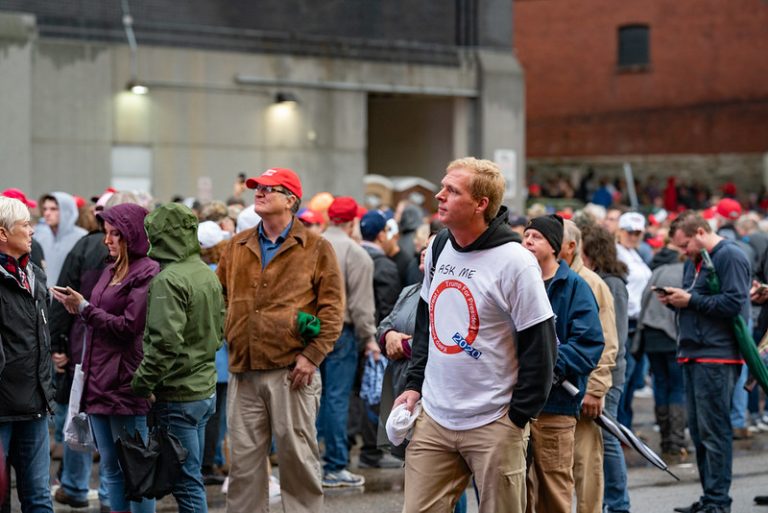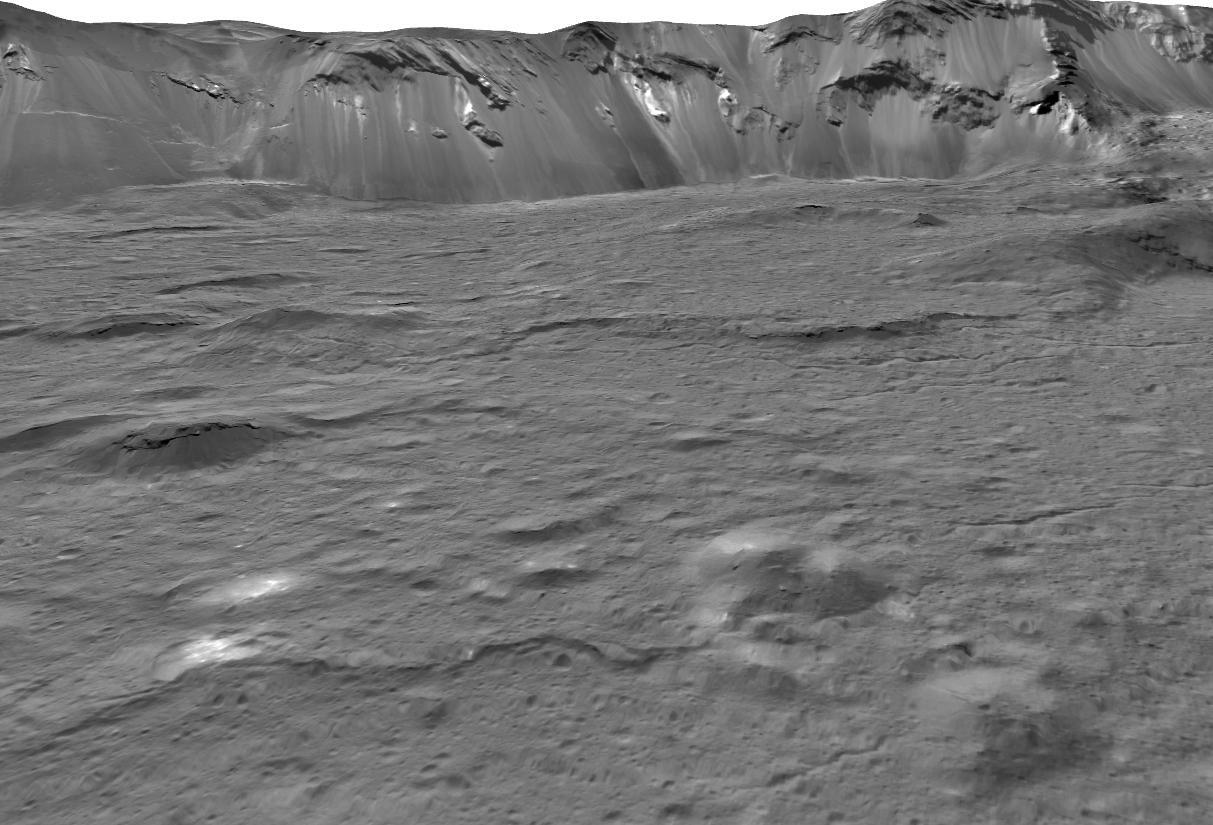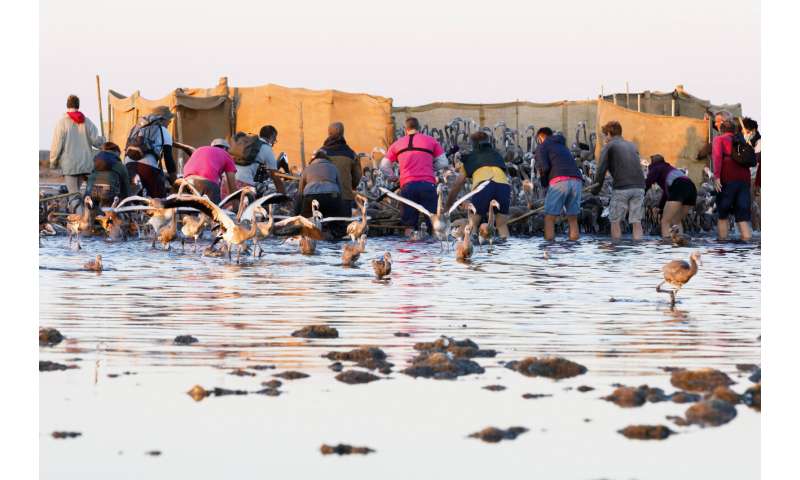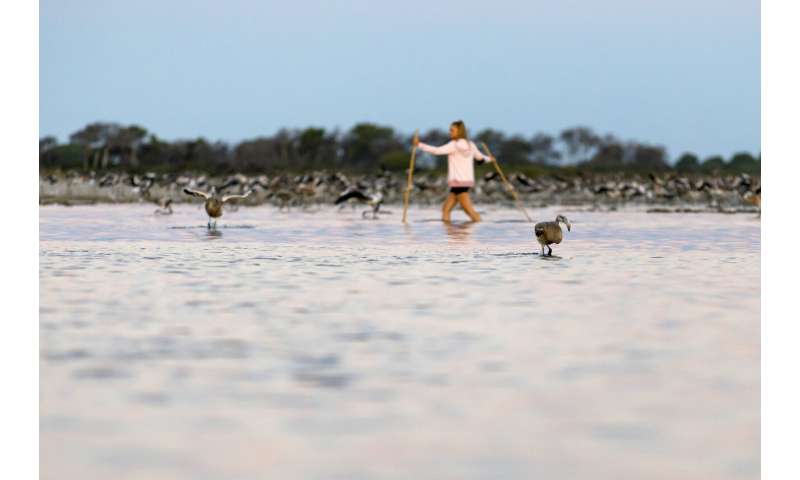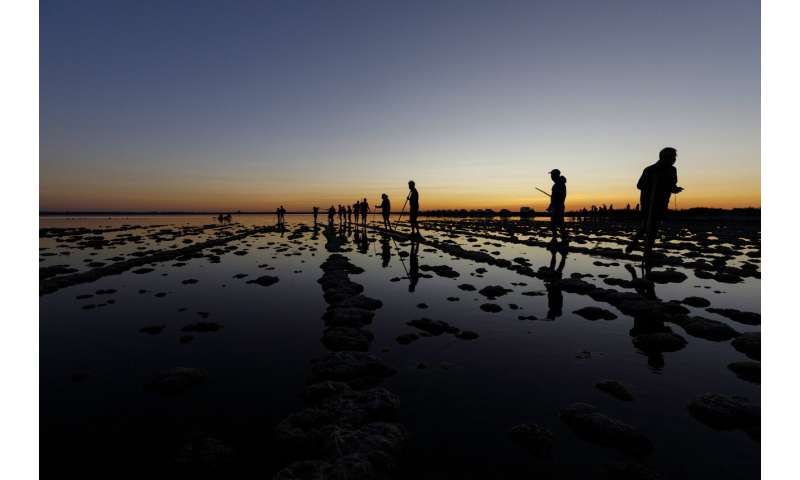
Twitter shows interest in acquisition as TikTok plans to sue over ban
BY DUNCAN RILEY AUGUST 09 2020
Twitter Inc. is reportedly the latest company interested in acquiring Chinese-owned social video app TikTok, just as app owner ByteDance Ltd. claims it will sue the Trump administration this week over a ban.
The saga of TikTok, highly popular among young online users, is colorful to say the least. With its roots in China, where it’s known as Douyin, the app has arguably become the largest challenger to U.S. social media tech companies in years.
Its Chinese ownership has led to accusations that the app is being used to spy on behalf of the Chinese government. Bytedance denies spying on behalf of the Chinese government and has established a separate arm in the U.S. to placate critics but with little success in terms of stopping criticism.
President Donald Trump had been threatening to ban the app in the U.S. for weeks and finally followed through on Thursday with an executive order that would, for all intents and purposes, ban TikTok within 45 days if it does not find new owners.
The order doesn’t state that TikTok the app is banned; instead, the U.S. will prohibit “any transaction by any person” with ByteDance. As The Guardian noted, the broad language is open to interpretation: It could simply mean that U.S. advertisers would be banned from buying ads on the platform, but it also could mean that even downloading the app would be considered a transaction.
Microsoft Corp. was the first major U.S. company to show interest in acquiring TikTok from ByteDance last week. The exact status of those talks remains unknown other than they are yet to result in a deal. Microsoft founder Bill Gates has come out against a potential acquisition, saying that the acquisition would be a “poison[ed] chalice” and “no simple game” because Microsoft would have to contend with a whole new level of moderation.
Twitter, which owned a predecessor to TikTok called Vine that it acquired in 2012 for $30 million before closing the service in 2016, is said to have held preliminary talks with ByteDance over a possible acquisition. TechCrunch reported that there are serious questions as to whether a deal might be possible given that Twitter may not have the capacity or investor support to raise the money required.
Twitter itself has a market valuation of $29 billion, whereas the parts of TikTok currently on the table — operations in the U.S., Australia, Canada and New Zealand at the least — could have a valuation of between $15 billion and $50 billion. Microsoft, by comparison, has a market cap of $1.6 trillion, with $136.6 billion in cash on hand as of November, and would easily win any bidding war against Twitter should it come to that.
Whichever company ends up possibly buying TikTok — and other bidders may yet emerge — the clock is now ticking. The ban goes into effect Sept. 15 if TikTok remains Chinese-owned at the time.
Whether the ban stands is another matter. According to the South China Morning Post, TikTok intends to file a federal lawsuit as soon as Tuesday. The lawsuit will argue that the president’s action is unconstitutional because it failed to give the company a chance to respond and that the U.S. government’s national-security justification for the order is baseless.
The due process argument is one made before by Huawei Electronics Co. Ltd., another company banned by the Trump administration in a lawsuit that was struck down in February.
Image: TikTok




